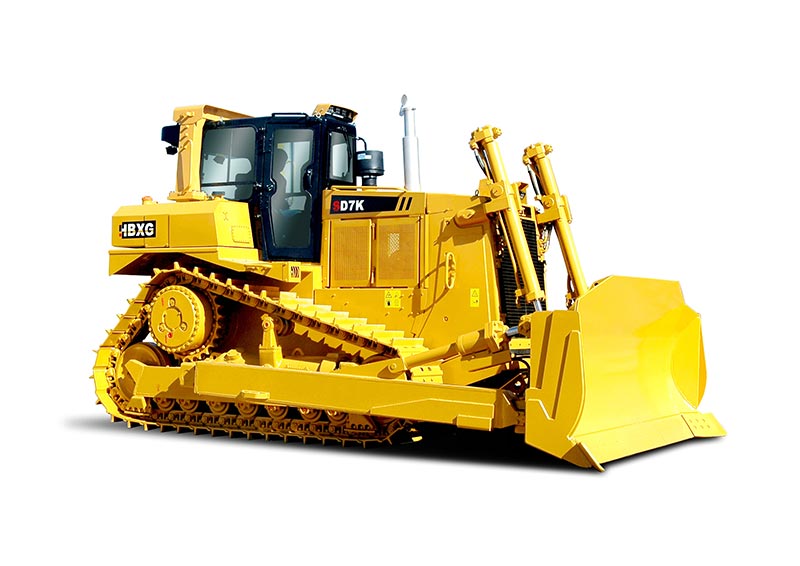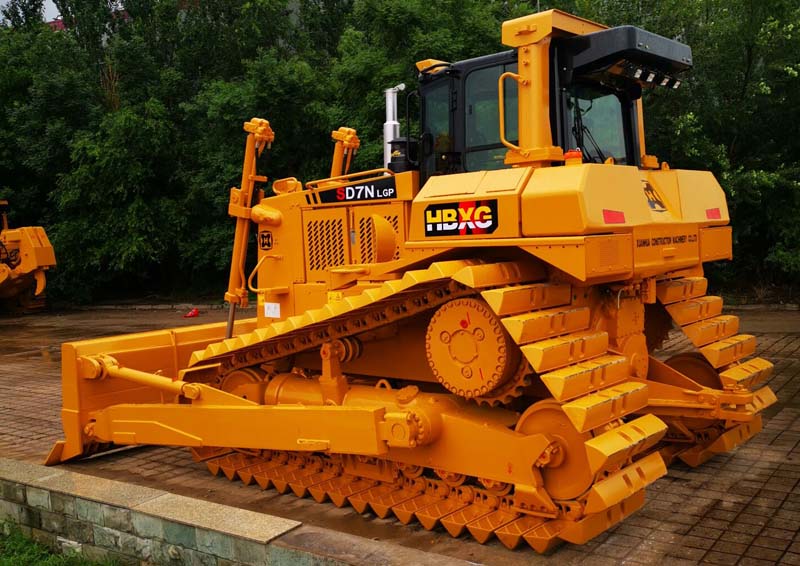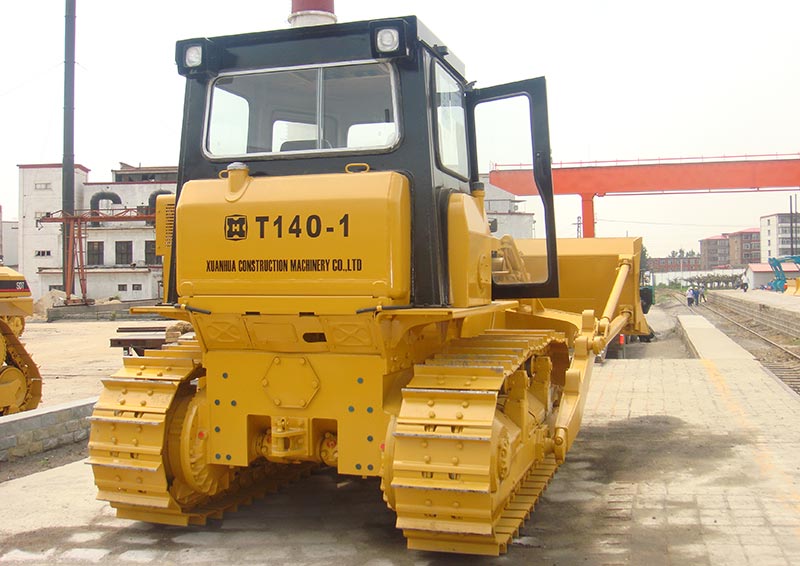Tips for Using A Bulldozer to Level Land
Effectively spreading material with a bulldozer can reduce the amount of time needed to complete a construction project. By using these tips and the right tools below, you can learn to properly and efficiently grade land and save time on construction projects that require grading or spreading materials.

Historical Use
Bulldozers use blades to move dirt, which helps grade land for roads or construction sites. bulldozers were first used by railroad companies in the late 1800s to grade railroad lines. These early bulldozers got their name from the pair of bulls that provided the power.
Tracked vehicles came into use to replace the pack animals that drove the tractors. It wasn't until 1921 that tractors with blades were fitted with these tracks. This early 20th century innovation paved the way for future bulldozer upgrades by attaching motors and tracks to previous versions of bulldozers.
By 1928, bulldozers were upgraded with cables and winches that allowed the shovel to move vertically as it was pushed horizontally across the land. After World War II, the dozer was upgraded again to more closely resemble the equipment used today through hydraulic control of the integrated blade.
Due to the widespread use of bulldozers and other equipment for grading in the 1930s and 1940s, engineers learned how to most effectively outline best practices for using gravity to level land.

Tilling Tips
Regardless of your experience, you can always learn ways to reduce your time and effort when grading with a dozer. When grading with a dozer, always keep the following tips in mind to make your operation more efficient.
1. Take shortcuts
Rather than dragging the dozer across long stretches of land, use shorter cuts through the earth. If there is too much soil in the blade, excess soil will spill over the sides, reducing efficiency. While the shortcut through the earth seems to increase travel time, the higher efficiency reduces the need to traverse long stretches of land multiple times due to the inefficient movement of the soil.
2. Using technology
Use technology to automate some of the tasks on the dozer to help level the land. The slope control option automates blade control in three dimensions for more accurate and efficient slopes. Slope control technology improves the speed and accuracy of any slope project using a dozer.
Instead of waiting years for operators to gain experience and become manual land grading experts, use technology that provides productivity advantages for any operator.
3. Track tension
Keeping the tracks on the dozer too tight will not help prevent skidding. In fact, if tracks are over-tensioned, they will wear prematurely - three times faster than properly tightened tracks. Always follow the manufacturer's guidelines for tightening tracks. Also, don't adjust the tension after cleaning the tracks. Tension will increase as site dirt enters the track.

4. Use slot edges
When creating slots in the earth, start two vehicle lengths back from where you want the slots to begin. Move forward to the start of the slot and push the soil in the blade into the pile at the end of the channel. The start of the slot will have a space for the dirt collected in the excavation space.
Make a second pass over the same area, but return four vehicle lengths from the start of the pile of dirt. Continue moving over the same area, increasing the distance of the slot by two tractor lengths until the necessary range of slots has been created. This method ensures that the already leveled land remains flat. Contact Manufacturer HBXG to find more tips and info.

评论
发表评论